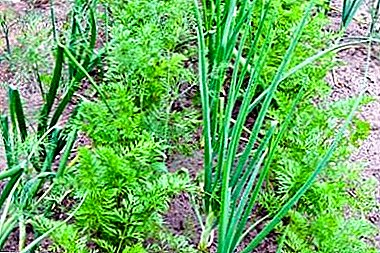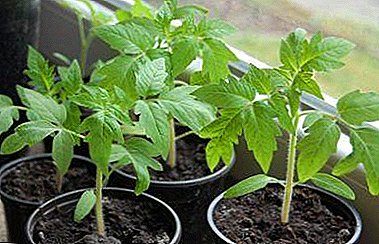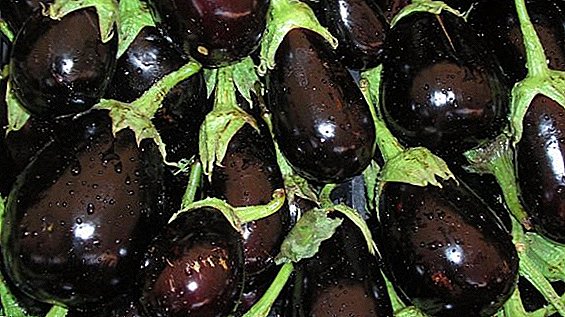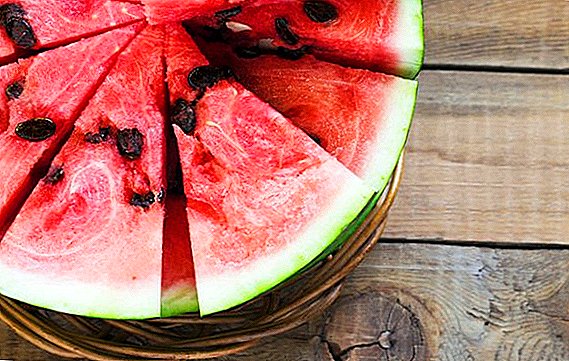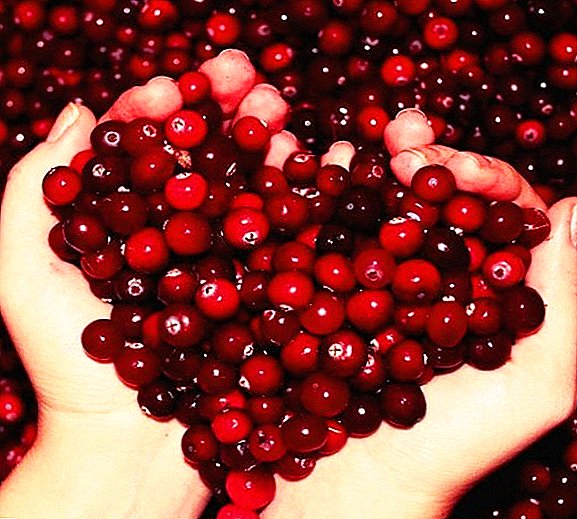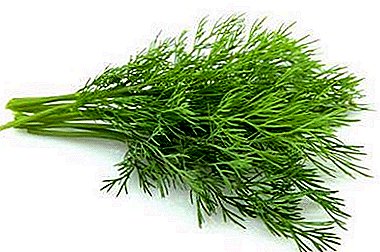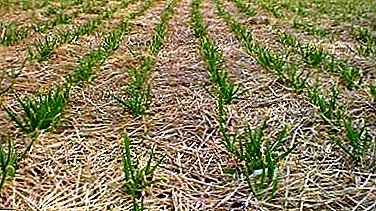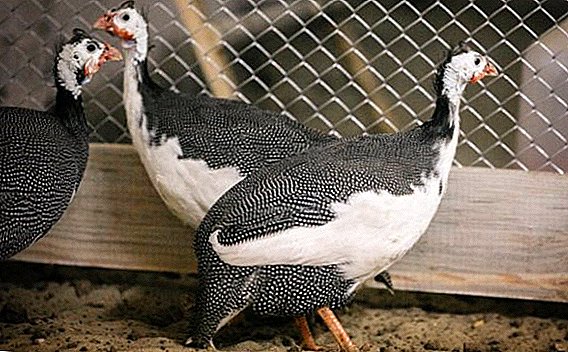 Breeding guinea fowls is one of the most popular areas of modern poultry farming. Guinea fowls are undemanding to care, resistant to diseases and have a lot of advantages over chickens: early maturity, meat yield up to 85% and richer in nutrients eggs. Breeders are constantly working to improve the quality and breeding of new breeds.
Breeding guinea fowls is one of the most popular areas of modern poultry farming. Guinea fowls are undemanding to care, resistant to diseases and have a lot of advantages over chickens: early maturity, meat yield up to 85% and richer in nutrients eggs. Breeders are constantly working to improve the quality and breeding of new breeds.
History of origin
The White-breast Guinea Fowl is created by the All-Union Research and Technological Institute of Poultry in 1970. The breed group was created by blood transfusion of cocks of a white Moscow breed to gray-speckled goose fowl. Thus a line was formed with a white feather on the chest. Today in the breed group laid 3 new lines with different productive properties. 
Description and appearance
Exterior of guinea fowl whiteheaded:
- birds of medium size. The length of the body reaches 1.5 m. An elongated large body with an inclined body setting, like in gray-speckled ones. Legs are small, strong, not plucked. The tail is not pronounced. Female's pectoral muscles are better developed. The male chest keel is pointed;
- plumage thick. Color gray speckled with white plumage on the chest. Possible variations of color - from dark gray to light with a yellowish tint;
- the head is small, decorated with red earrings. Legs and beak painted yellow. The neck is elongated with thick plumage.
Important! The silence of guinea fowls is a sign of the disease, because even in a quiet state and at night, birds make cooing and other sounds.
Productive characteristics
Breed productivity:
- the weight of the males is 1.6-1.75 kg, and the weight of the females is 1.9-2.1 kg;
- meat yield reaches 85% from the carcass;
- egg production - 135-140 eggs per year;
- egg weight - 44-46 g;
- shell color - from light yellow to light brown;
- egg fertility - 91-94%;
- hatchability of eggs - 72%;
- survival rate of young stock - 98%.

Conditions of detention
Guinea fowl can live in any conditions - they take root easily, they can eat any food and are completely uncontrollable. But if cultivation has a productive purpose, then you must abide by some requirements for conditions of detention.
- Birds need 1 male for 5-6 females - this will provide a high percentage of egg fertilization. It is important to remember that in the wild, males are very selective, and increasing the number of females will reduce the likelihood of their fertilization.
- If the birds were not raised together, then representatives of different breeds should be kept separately, because they will conflict for territory, food, etc.
- Birds need a house and walking. Walking, guinea fowls do not break the ground, which is very convenient for the beds. Especially well they work with potato beds, collecting Colorado beetles.
Important! Do not use coniferous sawdust in the bedding: the resins present in them may stick to the plumage.
Requirements for the room
In order for the birds to be healthy, it is necessary to properly equip the house.  Focus on such recommendations:
Focus on such recommendations:
- Guinea fowls are resistant to low temperatures, but very susceptible to drafts. Therefore, the main requirement for the house is the absence of gaps. Since the birds are rather large, then at least one individual should be given at least 0.5 square meters. m square. The warmed hen house will be irreplaceable for birds in winter time.
- In the room must be perches: slat section - 4x5 cm, the distance between the perches - 30-40 cm, height of placement - 40 cm from the floor. The size nests - not less than 40x30x30 cm. The creation of several small, but secluded nests will be optimal.
- The floor is covered litter from shavings, hay, sand and straw. Layer thickness - 20 cm. The litter is changed at least once a month.
- In winter, they will need artificial light to maintain egg production. It is desirable to extend the daylight hours to 12-14 hours per day. The optimum air temperature for guinea fowls is + 10 ... +15 ° C.
- In the house must be windowfacing south. For good development birds need sunbathing.
- Feed the livestock should be 3-4 times a day. Therefore, the number of feeders should be at least 1 in 5 individuals. If guinea fowls are grown in cages, then each of them must have its own feeder and drinking bowl.
Disinfection of the house is carried out according to the following scheme:
- washing and processing of drinkers and feeders - weekly;
- poultry house disinfection - once a month.
Did you know? If pest insects of a certain species are very common in the region, then farmers feed guinea fowl a number of these insects daily. Accustomed to their taste and appearance, the bird itself will find them. This way of protecting the beds will provide a good green crop.
Courtyard for walking
The walking yard should be well lit, because the birds are very fond of the sun. The site should be shrubs or tall grass - in the wild, they live in small undergrowths and shrubs.  In winter, the pad is sprinkled with peat, which will prevent the accumulation of ice, and straw, so that the paws are not frozen in birds. In summer, the guinea fowl is able to secure 70% of its ration for walking. It is important that birds have access to clean drinking water. If walking is a free not fenced plot, then guinea fowls can go as far as 3 km, but they still return to the house for the night.
In winter, the pad is sprinkled with peat, which will prevent the accumulation of ice, and straw, so that the paws are not frozen in birds. In summer, the guinea fowl is able to secure 70% of its ration for walking. It is important that birds have access to clean drinking water. If walking is a free not fenced plot, then guinea fowls can go as far as 3 km, but they still return to the house for the night.
Learn more about the winter maintenance of guinea fowls.
Feeding ration
The ration of guinea fowls is similar to broiler ration and contains:
- cereals;
- cake;
- vegetables;
- greens - fresh and in the form of grass meal in the winter;
- animal products - meat and bone meal, dairy products.
 From cereals prefer wheat and corn. Birds are very selective to eat food, what they do not like, will remain in the feeders and will be eaten last. This feature helps the farmer to adjust the pet's diet.
From cereals prefer wheat and corn. Birds are very selective to eat food, what they do not like, will remain in the feeders and will be eaten last. This feature helps the farmer to adjust the pet's diet.
Did you know? The scientific name of guinea fowl is Numida meleagris. A Greek legend explains that guinea fowls are the sisters of Tsarevich Meleager. White spots in the plumage are the tears shed by the princesses on the deceased brother.
The percentage of feed in the diet:
- cereals - 50%;
- vegetables and greens - 45%;
- mineral supplements - 5%.
The daily feed rate is not less than 200-250 g, of which greens are not less than 120 g. Wet mash is prepared with milk or salmon. Give in small portions 1-2 times a day. The main mineral supplements are shells, chalk, salt. In a separate tank should always be gravel or crushed shells. 
Advantages and disadvantages
Advantages of white-breasted Zagorsk
- high productive indicators: the farmer is provided with large eggs throughout the year;
- quick weight gain - up to 70 days old, weight reaches 1 kg;
- high economic efficiency indicators: costs amount to 3 kg of feed per 1 kg of increase in live weight;
- a high percentage of hatching eggs;
- rarely get sick and are not susceptible to common "chicken" diseases;
- tolerate low temperatures well;
- well destroy pests.
Discover the types and breeds of guinea fowls.
Disadvantages:
- can be carried anywhere;
- unstable to stress and fearful.
Video: white-breasted Zagorian breed of guinea fowls
Breed Reviews

There are, of course, more positive moments in poultry rearing than negative ones, so rearing guinea fowls can be a profitable activity. And proper care and maintenance will provide the farmer with tasty dietary meat and healthy eggs.


